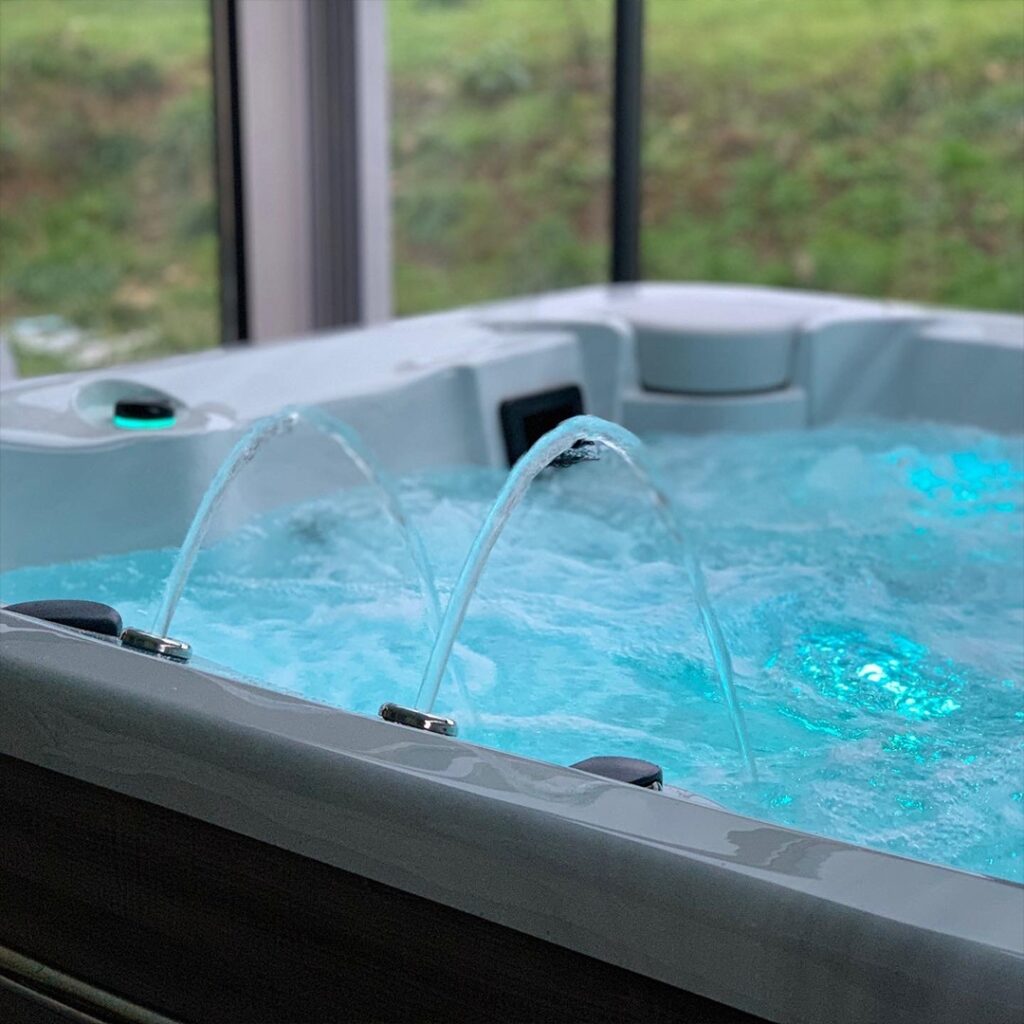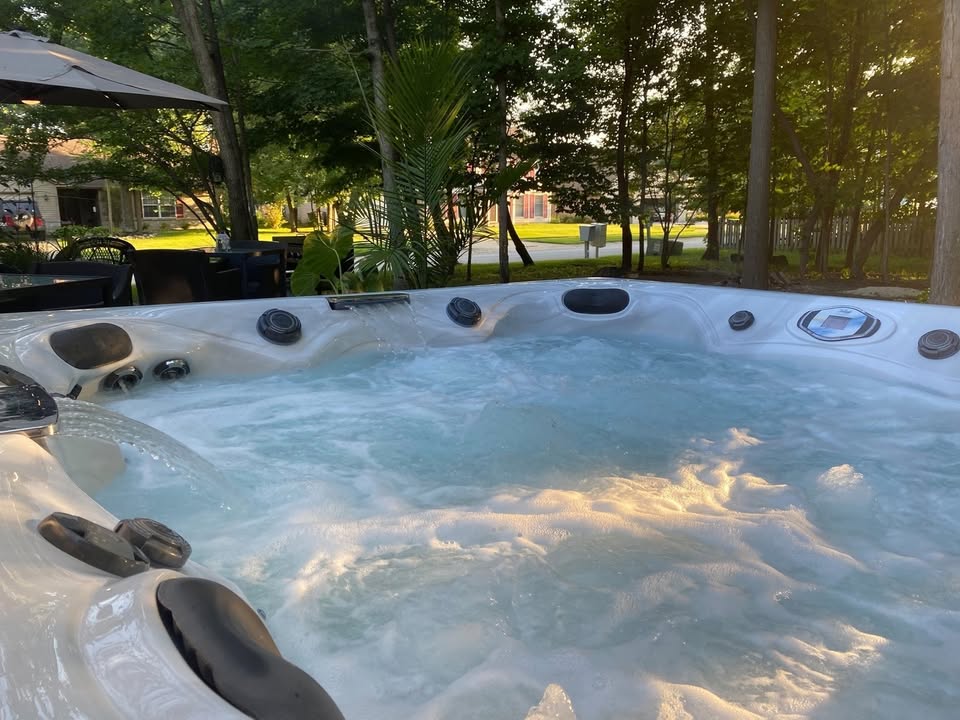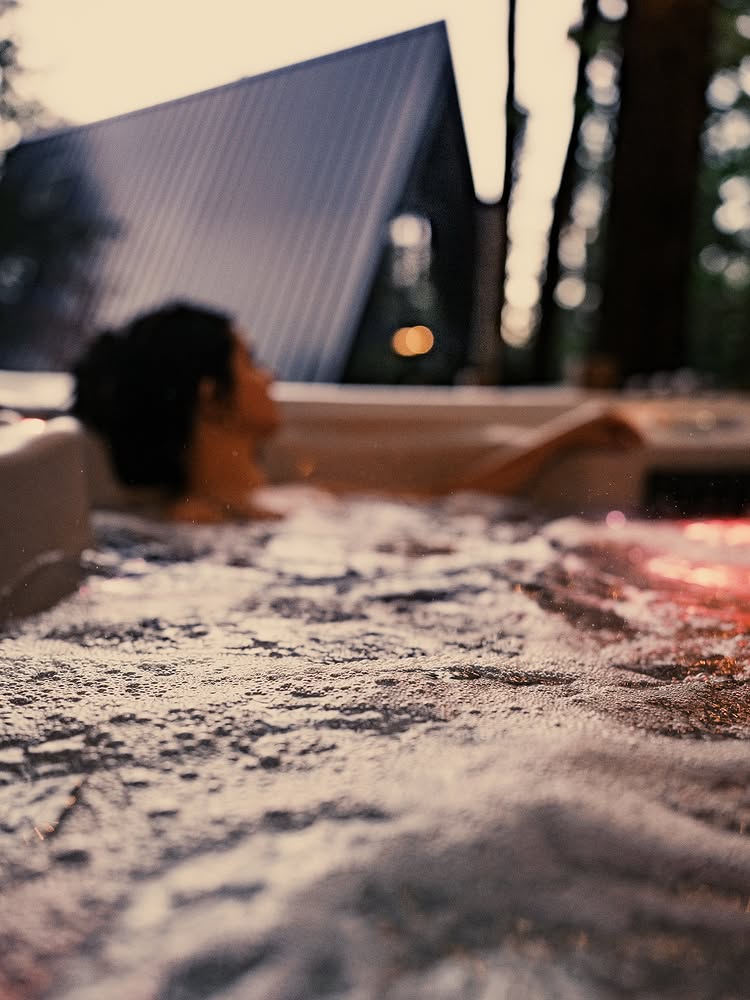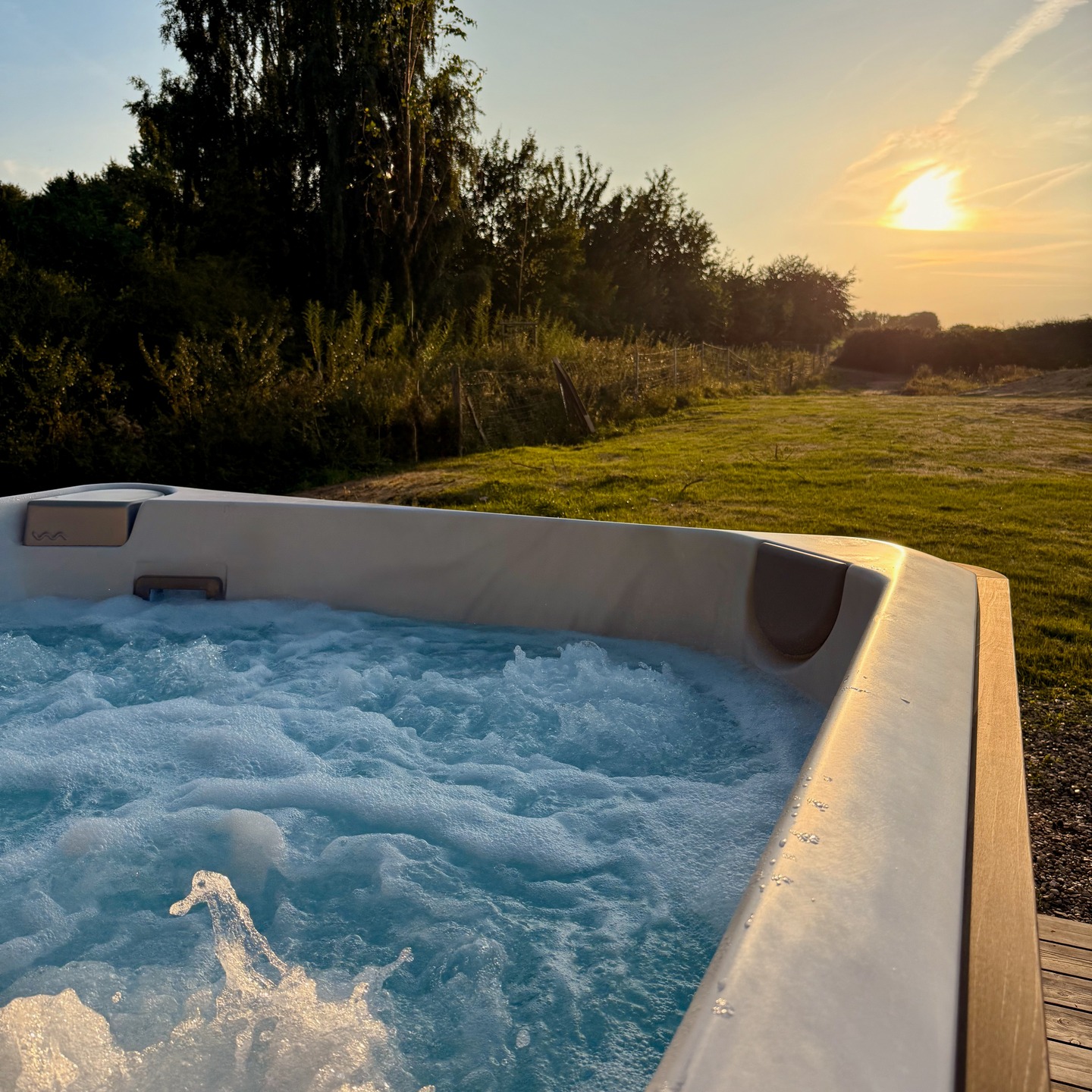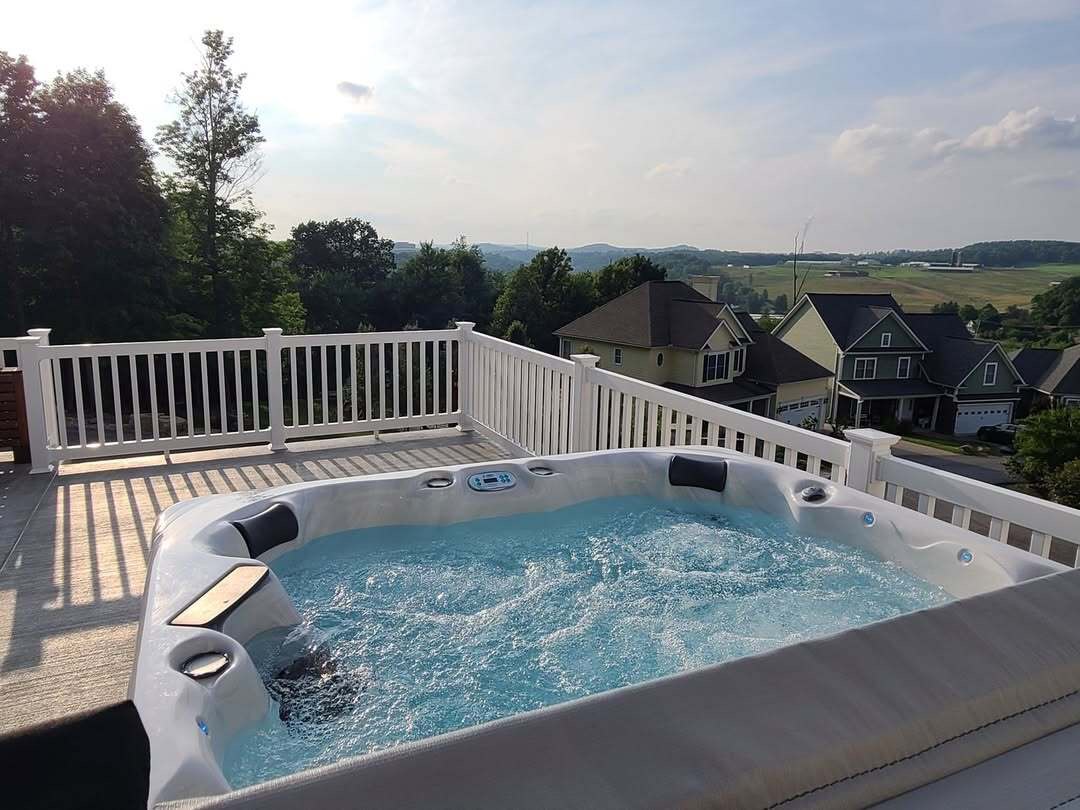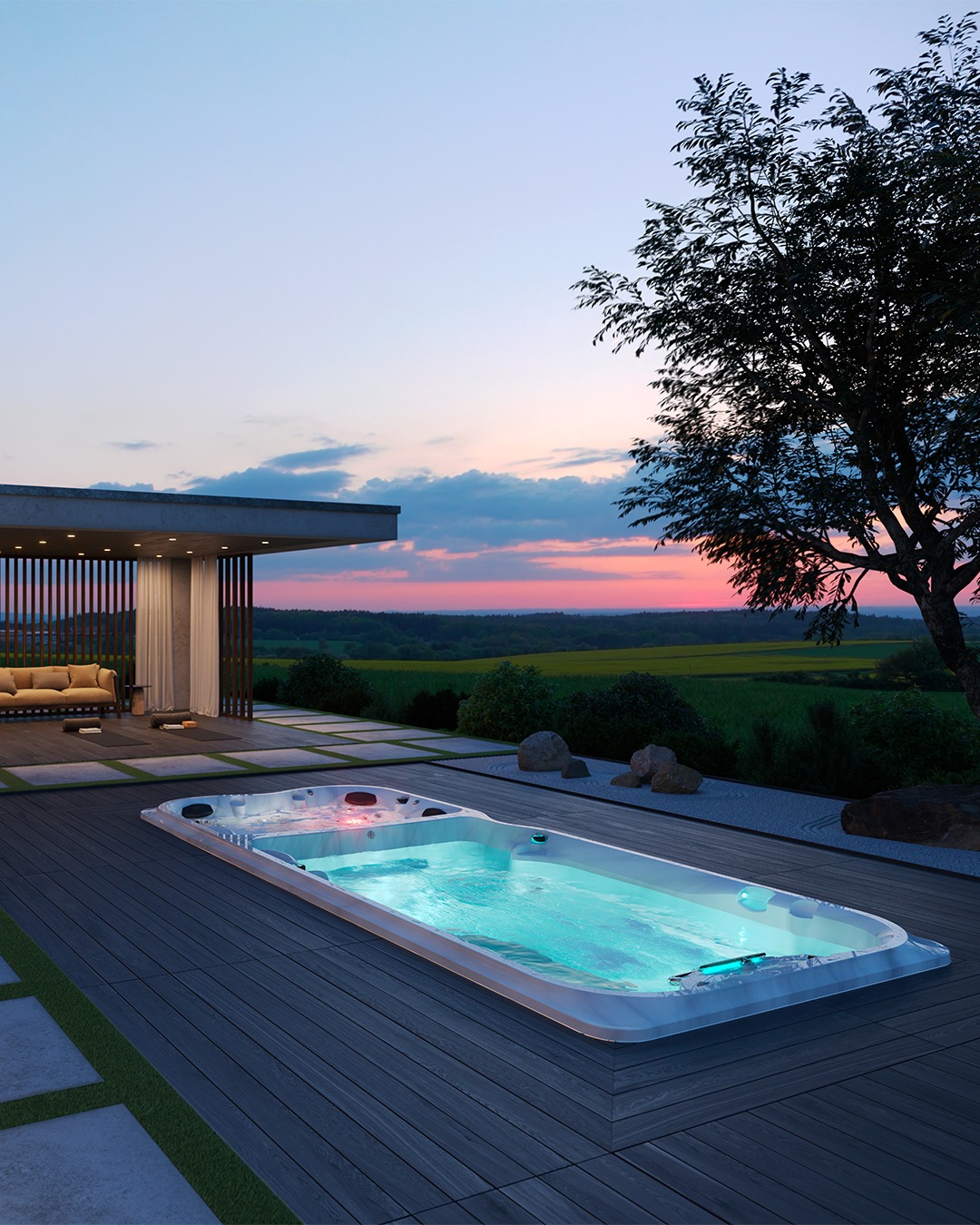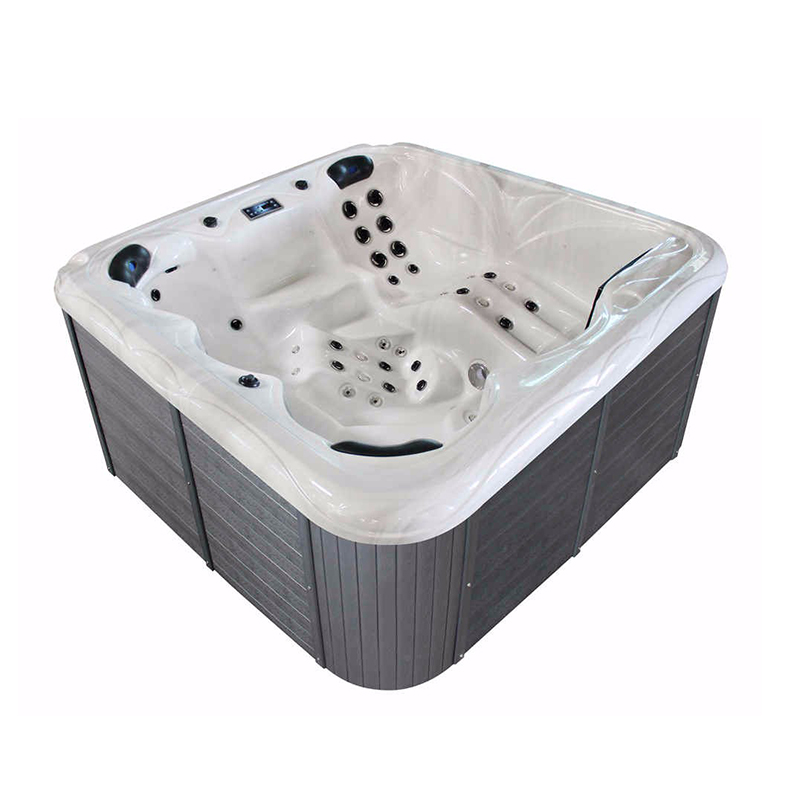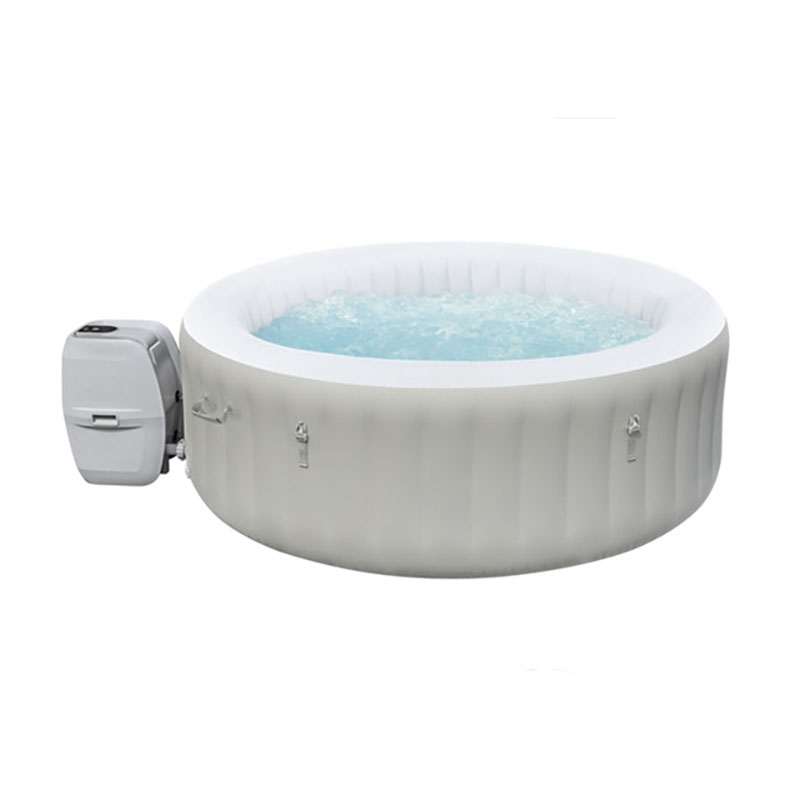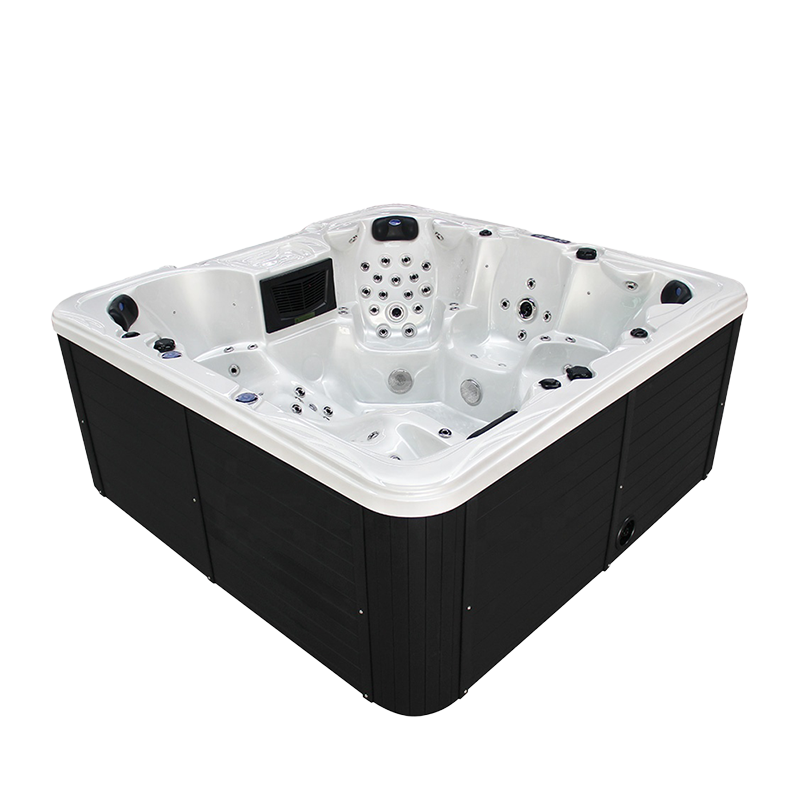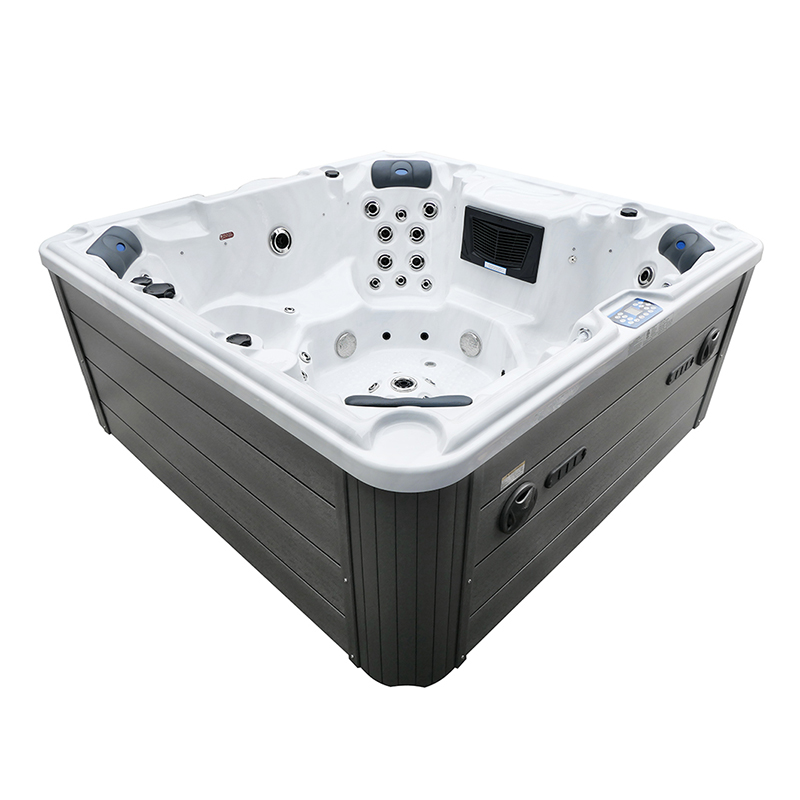Purchasing a hot tub is more than just buying a luxurious backyard feature—it’s an investment in relaxation, health, and lifestyle. However, one of the first questions that comes to mind is: How much does a hot tub actually cost?
The truth is, prices vary widely depending on size, materials, features, and brand reputation. You can find budget-friendly entry-level models starting at just under $4,000, while high-end luxury tubs can exceed $19,000. Knowing what separates each price range is critical to making a smart investment.
In this guide, we’ll break down the full spectrum of hot tub costs, from entry-level to premium flagship models. We’ll also explore hidden expenses, energy efficiency, installation considerations, and two additional features: long-term maintenance costs و resale value potential. Finally, you’ll find a helpful FAQ section to answer the most common questions buyers ask before taking the plunge.
Hot Tub Cost Ranges at a Glance
| Hot Tub Category | Price Range (USD) | Main Features | Best For |
|---|---|---|---|
| سطح مقدماتی | $3,799 – $6,469 | Rotationally molded plastic, plug-and-play setup, lightweight, simple seating | First-time buyers, budget-conscious shoppers |
| Mid-Tier | $7,069 – $8,999 | Acrylic shells, synthetic cabinetry, multiple jets, aesthetic upgrades | Families, buyers seeking balance of cost & features |
| Flagship / Luxury | $10,019 – $19,719+ | Premium design, advanced jets, saltwater systems, long lifespan (10–20 years) | Luxury buyers, long-term wellness investment |
Entry-Level Hot Tubs ($3,799 – $6,469)
Features You Can Expect
Entry-level spas are the most affordable option on the market. While they won’t be loaded with high-end features, they still provide a cozy and relaxing soak. Some common features include:
- Rotationally-molded construction: Durable plastic exterior that is lightweight and weather-resistant.
- Plug-and-play setup: Operates on a standard 110V outlet, making installation simple and cost-free.
- Basic hydrotherapy jets: Enough to provide a soothing massage without the complexity of advanced systems.
- Compact design: Usually accommodates 2–5 people comfortably.
Benefits
- Lower upfront cost.
- Easy to move if you relocate.
- Minimal installation costs (just fill with a hose and plug in).
Limitations
- Fewer luxury features such as advanced lighting or water systems.
- Shorter lifespan compared to premium tubs.
- Basic filtration, meaning more hands-on maintenance.
Best For
First-time hot tub buyers or homeowners who want a relaxing soak without spending a fortune.
Mid-Tier Hot Tubs ($7,069 – $8,999)
Features You Can Expect
Mid-range hot tubs balance affordability with performance. These models often include:
- High-gloss acrylic shells: More luxurious in appearance compared to plastic models.
- Synthetic cabinetry: Designed to resemble wood while being weatherproof and low-maintenance.
- Dozens of jets: Designed to target specific muscle groups for a better hydrotherapy experience.
- LED lighting and water features: Adds ambiance and style to your backyard setup.
Benefits
- Stylish designs that enhance backyard aesthetics.
- More spacious seating for families.
- Better insulation, reducing energy costs compared to entry-level tubs.
Trade-Offs
Not all mid-tier tubs are equal. Some brands focus on flashy features but cut corners with insulation, pumps, or warranties. Others prioritize durable components but sacrifice aesthetic extras.
Best For
Families or couples who want a balance of affordability, performance, and long-term reliability.
Flagship Hot Tubs ($10,019 – $19,719+)
Features You Can Expect
Flagship hot tubs represent the pinnacle of spa design and engineering. These premium models are often packed with advanced features, including:
- State-of-the-art hydrotherapy jets: Customizable massage options for full-body relaxation.
- Energy-efficient insulation: Keeps energy bills low while extending the tub’s lifespan.
- Saltwater systems: Reduces chemical use, prevents skin irritation, and keeps water crystal-clear.
- Integrated sound systems and lighting: Create a spa-like atmosphere at home.
- Durable construction: Built to last 10–20 years with proper care.
Benefits
- Exceptional comfort and therapeutic benefits.
- Lowest long-term operating costs due to energy efficiency.
- Advanced filtration for clean, low-maintenance water.
Limitations
- High upfront cost.
- May require professional installation and electrical upgrades.
Best For
Homeowners who see their hot tub as a long-term wellness investment and want the very best in comfort, design, and technology.
Additional Feature #1: Long-Term Maintenance Costs
Buying a hot tub isn’t just about the sticker price—you should also factor in long-term maintenance expenses.
Monthly Costs to Expect:
- Electricity: $20–$50 depending on insulation and climate.
- Chemicals/Salt: $10–$30 per month for water care.
- Filter Replacement: $30–$60 annually.
Annual Average Maintenance Cost: Around $500–$800.
Well-built tubs, especially in the flagship range, often save money over time thanks to energy efficiency and reduced chemical use.
Additional Feature #2: Hot Tub Resale Value Potential
Unlike many backyard features, hot tubs can hold resale value, especially if well-maintained. While you won’t recover 100% of the cost, you can expect:
- Entry-level models: Little to no resale value after 5+ years.
- Mid-tier models: May retain 20–30% of value if sold within 5–7 years.
- Luxury models: Can retain up to 40–50% of their value, especially if energy-efficient and equipped with unique features like saltwater systems.
This makes higher-end tubs a smarter investment for homeowners who may eventually move or upgrade.
Other Hidden Costs to Consider
When budgeting, remember these potential add-ons:
- Delivery fees ($300–$1,000 depending on location).
- Electrical upgrades (240V wiring can cost $1,000+).
- Concrete pad or deck reinforcement ($500–$2,500).
- لوازم جانبی such as steps, covers, and cover lifters ($200–$1,000).
سوالات متداول
Q1: Do hot tubs increase my electricity bill significantly?
Not necessarily. Entry-level models may use more electricity due to weaker insulation, while luxury tubs are designed for efficiency. On average, expect an additional $20–$50 per month.
Q2: How long does a hot tub typically last?
- Entry-level: 5–8 years
- Mid-tier: 8–12 years
- Flagship: 10–20 years (with proper maintenance)
Q3: Is it worth buying a saltwater hot tub system?
Yes, if you want softer, gentler water with less chemical maintenance. While upfront costs are higher, many homeowners find the system more convenient and cost-effective in the long run.
نتیجهگیری
Hot tubs come in a wide range of prices, from under $4,000 to nearly $20,000. While budget models provide simple relaxation, mid-tier tubs strike a balance between comfort and affordability. Luxury spas, on the other hand, deliver unmatched performance, energy savings, and long-term durability.
When deciding which hot tub is right for you, consider not only the purchase price but also installation, maintenance, and resale value. By understanding what each tier offers, you’ll be equipped to make a confident choice that fits both your budget and lifestyle.
A hot tub isn’t just an expense—it’s an investment in relaxation, wellness, and family enjoyment that can pay off for years to come.

